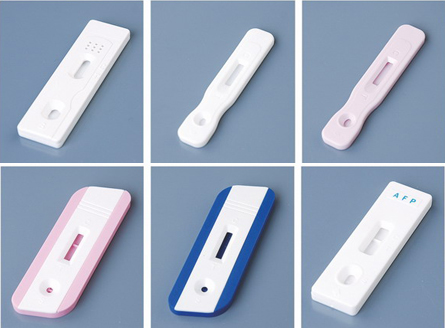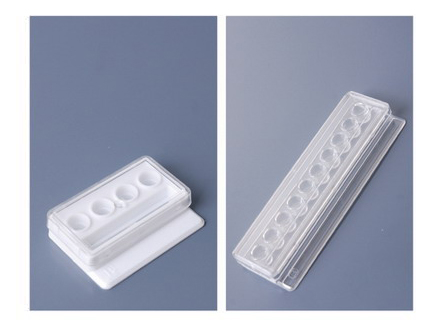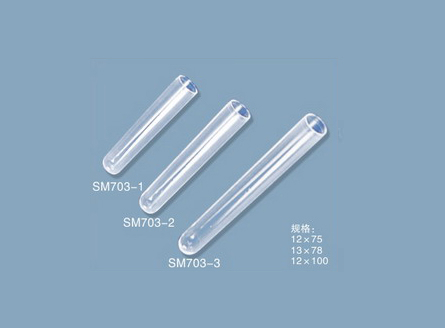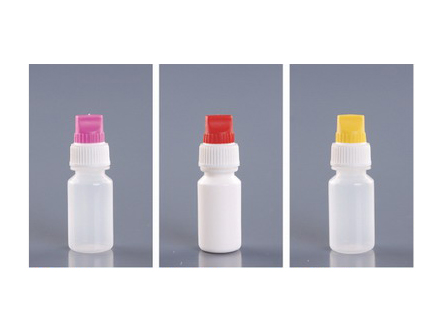
 Gold Label Single Card
Gold Label Single CardOur gold label single card has a wide var...
 Card box
Card boxThe card boxes produced by Xingyuan Plast...
 试管
试管A test tube is a container used to hold a...
 Rotary cap drip bottle
Rotary cap drip bottleThe rotary cap drip bottle is a commonly ...
FAX:+86-317-4052076
Email:czycgs@163.com
Web:www.xysjcz.com
Address:Du Sheng Xiang Xiao Liu Village, Cang County, Cangzhou City, Hebei Province
Current Location:HOME > NEWS > Industry information >
NEWSThe characteristics of colloidal gold rapid detection technology
The characteristics of colloidal gold detection technology: 1. Wide detection range. Immunocolloidal gold technology can be used for antigen and antibody detection, as well as for the detection of small molecule substances such as bioactive substances and haptens in the body. It can be widely used for the diagnosis of animal diseases and the detection of veterinary drug residues. 2. Easy to operate, both colloidal gold immunochromatography and dot immunogold filtration technologies have the characteristics of simple operation steps without instruments, sample processing, and direct visual interpretation of detection results. The operation is convenient and there is no skill requirement for operators. 3. Immunocolloidal gold diagnostic technology takes a short time, usually only 5-10 minutes to produce results. However, other methods such as ELISA require 1-2 hours and PCR takes a long time. 4. Due to the fact that this technology is mostly labeled with monoclonal antibodies, it only detects a certain antigenic determinant cluster and therefore has good specificity. 5. Due to the continuous optimization of experimental conditions, the sensitivity of many experiments can reach 1ng/mL or a low level. The overall compliance rate between this technology and ELISA in parallel detection is above, indicating that the results of this technology are accurate. 6. Convenient to carry. Due to the physical binding process of colloidal gold labeled proteins, which are firmly bound and rarely cause changes in protein activity, the reagents are very stable and not affected by external factors such as temperature. They can be carried around and tested at any time, and the test results can also be stored for a long time. 7. Compared with other detection methods, immunocolloidal gold technology simplifies operations and does not involve substances such as radioactive isotopes or o-phenylenediamine in the experiment. Therefore, it does not harm the health of operators or pollute the environment, and has incomparable advantages compared to detection methods such as radioactive isotopes or enzyme-linked immunosorbent assay
